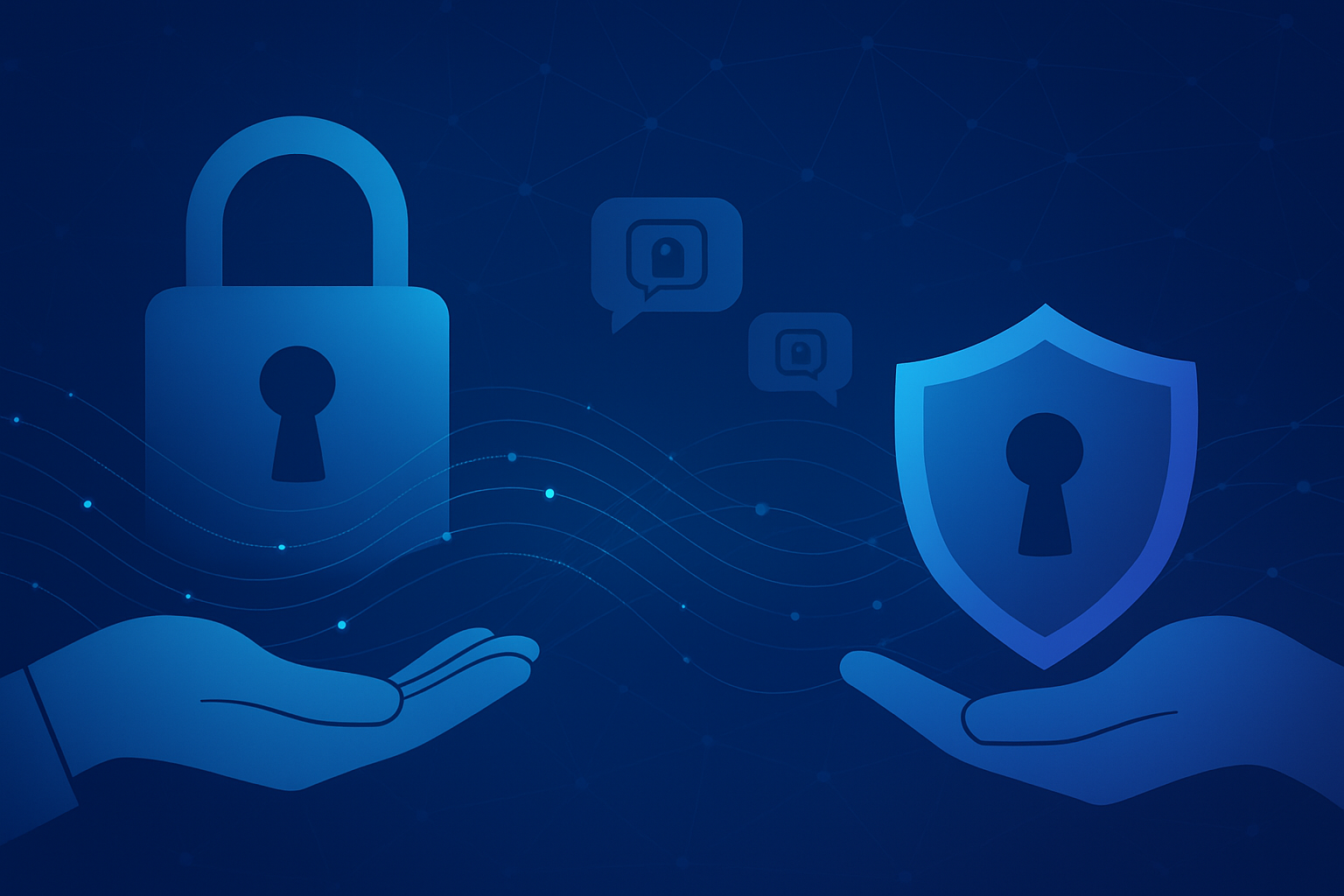
End to End Encryption: Why It Matters for Everyday Communication
Jayanika Chandrapriya
Software Developer & Tech Enthusiast • @jayc971

Software Developer & Tech Enthusiast • @jayc971
Password security remains one of the most fundamental yet often overlooked aspects of digital security, with weak or reused passwords being responsible for a significant percentage of security breaches.
The traditional approach of creating complex passwords that are difficult to remember has proven to be both ineffective and user unfriendly. Security experts now recommend using password managers to generate and store unique, strong passwords for every account.
Two factor authentication (2FA) adds an essential additional layer of security beyond just passwords. Even if a password is compromised, 2FA can prevent unauthorized access by requiring a second form of verification, such as a code sent to a mobile device.
Biometric authentication methods like fingerprints and facial recognition are becoming more common, offering convenience while also providing strong security. However, these methods also raise new privacy concerns about the storage and use of biometric data.
The concept of passwordless authentication is gaining traction, with technologies like hardware security keys and biometric authentication potentially eliminating the need for traditional passwords altogether. These approaches can provide both better security and improved user experience.
Regular security audits of online accounts can help identify potential vulnerabilities before they become problems. This includes reviewing account permissions, checking for suspicious activity, and updating security settings as needed.
Education about social engineering attacks is crucial, as many security breaches occur not through technical vulnerabilities but through manipulation of human psychology. Understanding common tactics like phishing emails and phone scams can help prevent these attacks.
The future of authentication will likely involve a combination of multiple factors, including something you know (password), something you have (device), and something you are (biometric), providing robust security while maintaining usability.

Software developer and tech enthusiast passionate about sharing insights on technology, health, sustainability, and personal development. Connect with Jayanika for collaborations and discussions.
Share it with others who might find it interesting.

Sustainable living has evolved from a niche lifestyle choice to a mainstream movement as more people recognize the urgent need to address environmental challenges.

Modern life presents unprecedented challenges to our mental well-being. From information overload and digital overwhelm to economic uncertainty and social isolation, today's stressors are complex, persistent, and often invisible. Yet within these...

The shift to remote work has fundamentally changed how we think about company culture. No longer confined to office walls, corporate coffee machines, and conference rooms, culture must now transcend physical boundaries and flourish in digital...